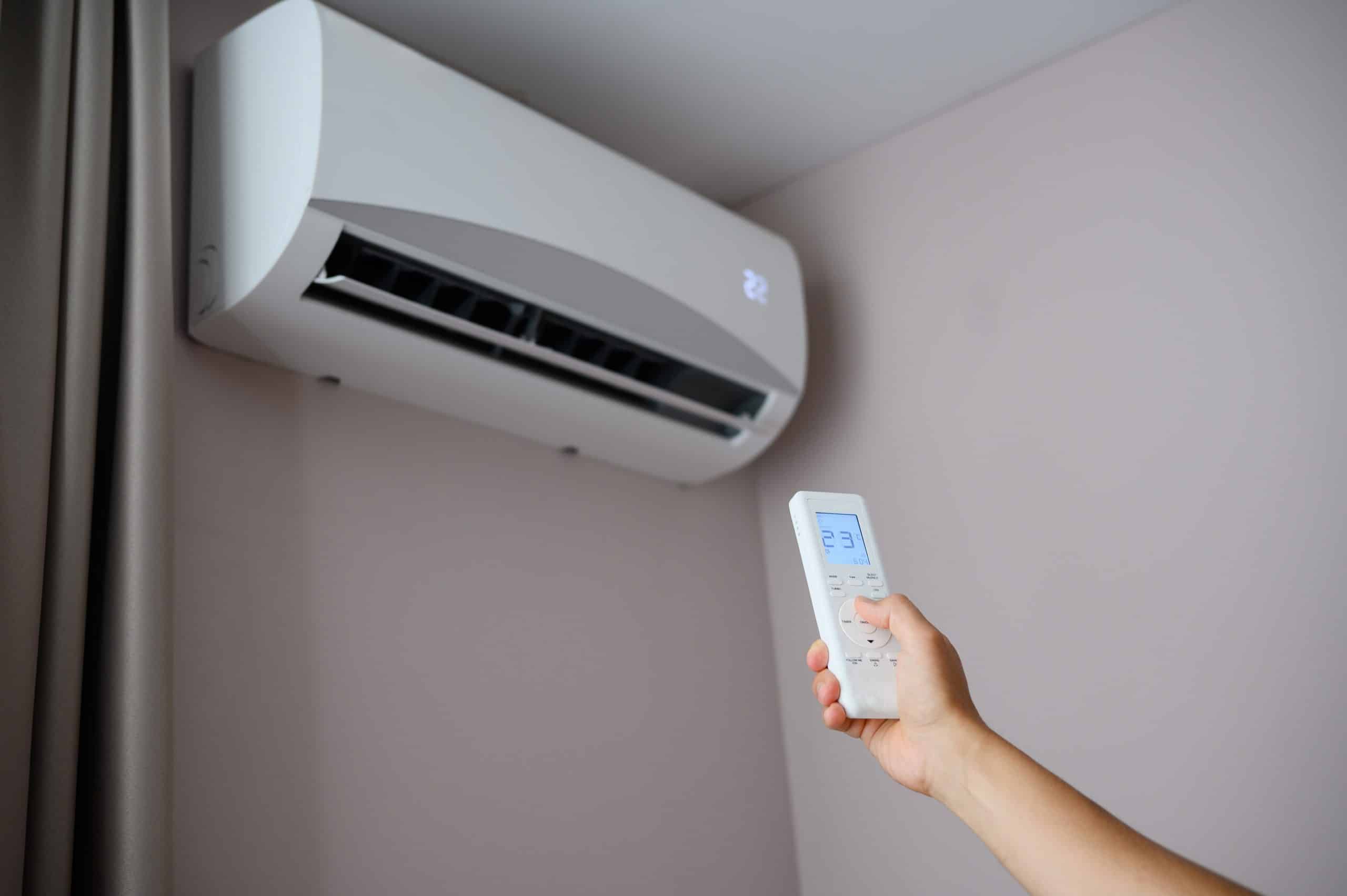Fact: Properly restored floors and furniture recover up to 90% of their original beauty and…

Water-Damaged Drywall in Greeley: Patch or Replace?
Greeley homeowners, let’s dive into a common dilemma that many of you might face at some point: water-damaged drywall. When standing before a soggy, stained wall, the big question is always, “Should I patch this up or tear it all out?” It’s a tricky decision, but don’t worry – we’re here to help you navigate these murky waters.
First things first, take a deep breath. While water damage can seem like a disaster, the top water mitigation services in Greeley have seen it all and can guide you to the best solution. Let’s break down the factors that will influence your decision.
Identifying Water Damage in Drywall
Identifying water damage in drywall can be tricky, but there are several visible signs to watch for. Water stains or discoloration on the drywall are often the first indicators. You might also notice bubbling or peeling paint, which suggests moisture has seeped into the wall. Soft or sagging drywall is another red flag, as is a musty smell that could indicate mold growth. Warped or buckled drywall panels and cracks or holes can also signal water damage.
It’s essential to address these visible signs of water damage promptly to prevent further deterioration and potential health risks. If you suspect water damage, inspect the area carefully and look for these telltale signs.
Causes of Water Damage in Drywall
Water damage in drywall can stem from various sources. Flooding or leaks from pipes, appliances, or fixtures are common culprits. Roof leaks or condensation from air conditioners can also lead to water damage. High humidity or condensation in bathrooms, kitchens, or laundry rooms often results in moisture buildup. Poor ventilation or insulation in attics, crawl spaces, or basements can exacerbate the problem. Hidden leaks or water seepage through walls or floors, as well as poorly sealed joints or seams in drywall, are other potential causes.
Understanding these causes can help you take preventive measures to avoid future drywall water damage. Regular inspections and maintenance are key to keeping your home dry and safe.
The Extent of the Drywall Water Damage
The extent of the damage is crucial. A small water stain from a minor leak might only need a patch job. But if your wall feels soft, bulging, or crumbly, it’s probably time for a full replacement. Run your hand over the affected area – does it feel spongy or give way under slight pressure? That’s a red flag indicating more extensive damage. Before making any repairs, ensure the drywall is completely dry to prevent further issues like mold growth or structural damage.
Safety Considerations
When dealing with water damage in drywall, safety should be your top priority. Always wear protective gear such as gloves, safety goggles, and a dust mask to protect yourself from mold growth and debris. Ensure good ventilation in the area to prevent mold spores from spreading and to avoid inhaling dust. Turn off the power to the affected area to avoid electrical shock, especially if water has come into contact with electrical outlets or wiring. Use a ladder or step stool safely to access high areas, and avoid direct contact with mold or mildew, which can cause allergic reactions or respiratory problems.
Taking these safety precautions can help you manage water damage effectively while protecting your health.
Time and Mold Risk
Time is another critical factor. Did you know that water-damaged drywall can become a breeding ground for mold within 24-48 hours? If you’re unsure how long the damage has been there, it’s best to call Property Craft, a water damage restoration company nearby. They have specialized tools to detect hidden moisture and mold your eyes can’t see. Ensuring the structural integrity of the drywall is crucial to prevent further damage and maintain a safe living environment.
Source of the Water
The source of the water matters, too. Clean water from a burst pipe is one thing, but replacement is usually the safest bet if you’re dealing with contaminated water from sewage backup or flooding. The pros can help you determine the water source if you’re unsure.
In cases of contaminated water, drywall replacement is often necessary to ensure the safety and health of your home.
Patching vs. Replacing
Now, let’s discuss the pros and cons of patching versus replacing:
- Patching: Patching is often quicker and cheaper in the short term. If the damage is minimal and you catch it early, a patch job might be all you need. This involves cutting a new drywall panel to size with a utility knife and securing it with drywall screws. However, it could lead to more significant problems if not done correctly. Moisture might still be trapped in the wall, leading to mold growth or structural issues.
- Replacing: Replacing the drywall gives you peace of mind. You know everything behind that new wall is dry and clean. It’s especially important if you’re dealing with insulation, as wet insulation loses its effectiveness and can become a mold haven.
Cost is always a consideration, of course. While patching might seem cheaper initially, consider the long-term costs. If a patch job leads to mold growth or further damage, you could spend much more in the long run. It’s often more cost-effective to do a thorough job from the start.
Aesthetics and Proper Drying to Prevent Mold Growth
Don’t forget about aesthetics. A well-done patch can be invisible, but larger patches might be noticeable, especially in certain lights or on textured walls. If the damaged area is large or prominent, replacement might give you a better final look. When applying fresh paint, ensure the surface is completely dry to avoid uneven coloration and achieve a flawless finish.
Here’s a crucial point: whether you decide to patch or replace, proper drying is essential. The top water mitigation services in Greeley don’t just fix what you can see – they ensure the underlying structure is thoroughly dried. This might involve using industrial fans, dehumidifiers, and moisture meters to guarantee everything is bone dry before any repairs begin.
Getting Professional Help
If you’re feeling overwhelmed, that’s okay! Water damage can be stressful, and making these decisions on your own is not always easy. That’s where professional help comes in. A reputable water damage restoration company nearby can assess the situation, explain your options, and help you make the best choice for your home and budget. Professionals will ensure that new drywall panels are properly anchored to wall studs for a secure and lasting repair.
Remember, acting fast is crucial when it comes to water damage. The longer you wait, the more likely you will face additional problems like mold growth or structural damage. Don’t hesitate to call the experts if you notice any signs of water damage – stains, bubbling paint, musty odors, or soft spots.
In Greeley, we’re fortunate to have access to top-notch water mitigation services. These professionals have the experience, tools, and know-how to handle everything from minor leaks to major floods. They can help you navigate the insurance process, ensure your home is properly dried and restored, and advise you on preventing future water damage.
Preventing Future Water Damage
Preventing future water damage in drywall requires regular maintenance and vigilance. Regularly inspect your drywall for any signs of water damage or leaks. Fix any issues promptly to prevent further damage. Ensure good ventilation in moisture-prone areas like bathrooms and kitchens, and consider using a dehumidifier to reduce humidity levels. Seal any gaps or joints in drywall with joint compound and drywall tape to prevent water seepage. In areas prone to moisture, such as basements or bathrooms, installing a waterproof membrane behind the drywall can provide an extra layer of protection.
By taking these proactive steps, you can significantly reduce the risk of future water damage in your home.
Costs and Estimates
The cost of repairing water damage in drywall can vary widely depending on the extent of the damage and the materials needed. For a simple drywall patch, you might spend between $10 and $20. Joint compound typically costs around $5 to $10, and drywall tape is in the same price range. Paint for a fresh coat can range from $20 to $50. Labor costs, if you hire a professional, can be between $40 and $100 per hour. Overall, the total estimated cost for repairing water-damaged drywall can range from $100 to $500.
These estimates are rough and can vary based on the repair’s complexity and the damage’s location. For an accurate cost assessment, it’s best to get a professional estimate from a licensed contractor.
Final Thoughts
So, Greeley homeowners, next time you’re faced with water-damaged drywall, remember you’ve got options and help. Whether you end up patching or replacing, the key is to address the issue promptly and thoroughly. Your home is your castle and deserves the best care possible – especially when keeping it dry and safe. Ensuring the structural integrity of your drywall is crucial for the safety and longevity of your home.



